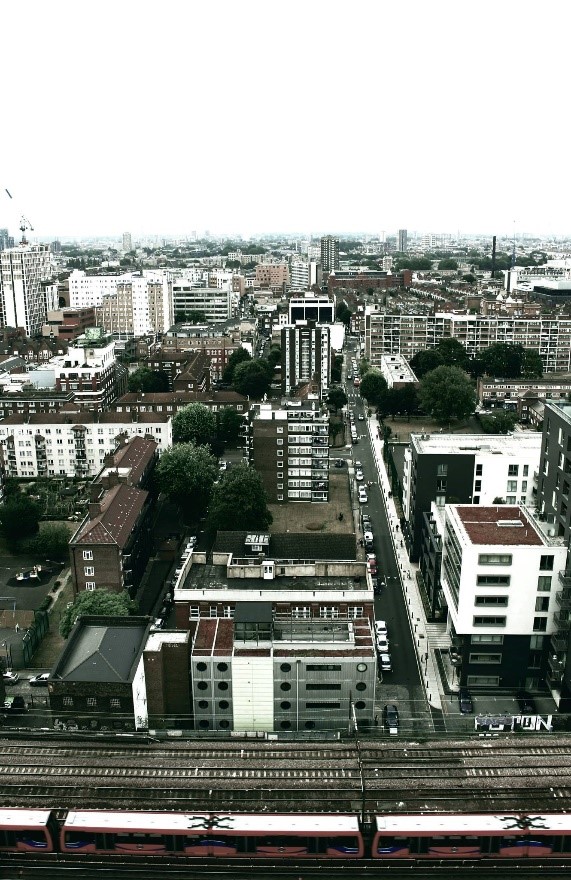
Uploaded on 2016-09-04 by Oleg Korolov
1) Check completed, New York is (for example) 2.7oC hotter than rural areas on average. 2) Despite not being able to find exact figures for London, in terms of UHI effect on temperature, I can confirm that the MET Office does indeed show a discrepancy between London, and the nearest bit of “countryside”, that is equal to around 2 degrees Celsius. Due to the location of the city, the residents benefit from milder winters than the rest of the UK, which makes the city more livable in the colder time of the year. This reduces heating bills for its residents, as well as subsequently reducing pollution due to high energy demand in relation to other households in colder parts of the UK. In the warmer half the year however, especially within the City of London and other business districts, the higher temperatures force designers to integrate air conditioning systems throughout larger buildings as these are used frequently in order to reduce indoor temperatures. This trend of use is extended to cars, the drivers of which also frequently use aircon during warmer months. This of course contributes to higher energy demands and pollution. This pollution then contributes to the UHI effect. The large number of households and buildings amplify this effect, whereas the large concentration of vehicles further contributes. 3) The reduction of vehicles entering the central areas is an obvious measure – a measure already in use by the city (called the Congestion Charge Zone). This measure charges the registered car owner for entering the central zone using a series of cameras around the city. Smaller vehicles (motorcycles), service vehicles and electric vehicles are exempt. This measure is in action during weekdays. A measure that I would propose, would be to increase the convenience of public transport around the city – with the vehicles all running off renewable energy (including black cabs and buses). Convenience can be increased by reducing fares (something London does in the opposite manner), reducing delays and allowing for 24-hour service (something that is currently being rolled out as a part of the Night Tube programme). This would lead to fewer cars being used for commutes, subsequently impacting the UHI effect. Another measure would be to reduce the amount of wasted energy within buildings. This can begin with large (and most affected) business centres, before being rolled out to use on new builds and conversions – subsequently upgrading Londons key infrastructure to be more green. This can be done by reducing the use of aircon during warmer months (by opening windows for example – something that smaller companies do). This can also be achieved by improving insulation and reducing heat loss in larger buildings. Even warm water usage can be looked at in order to reduce energy consumption. 4) Within the last few years, measures such as hybrid buses and town centre regenerations were introduced. The first measure was designed to reduce the amount of pollution emitted by Londons most abundant form of public transit – the bus. The second was to increase the livability of run down town centres, regenerating them through the building of new parks, green spaces and public leisure areas. The primary measure had reduced the amount of CO2 pollution by buses, as well as the amount of noise pollution. Reducing emissions - along with the implementation of the Congestion Charging Zone - had drastically reduced the amount of vehicles in the hottest areas of London, reducing the UHI effect. Regenerating public green spaces had brought more cool open space to the city, including the Olympic Park (which is one of the largest). This had also reduced the relative pollution and heat effect of the local areas concerned. PLEASE SEE IDENTICAL BLOG POST FOR FULL SET OF IMAGES USED